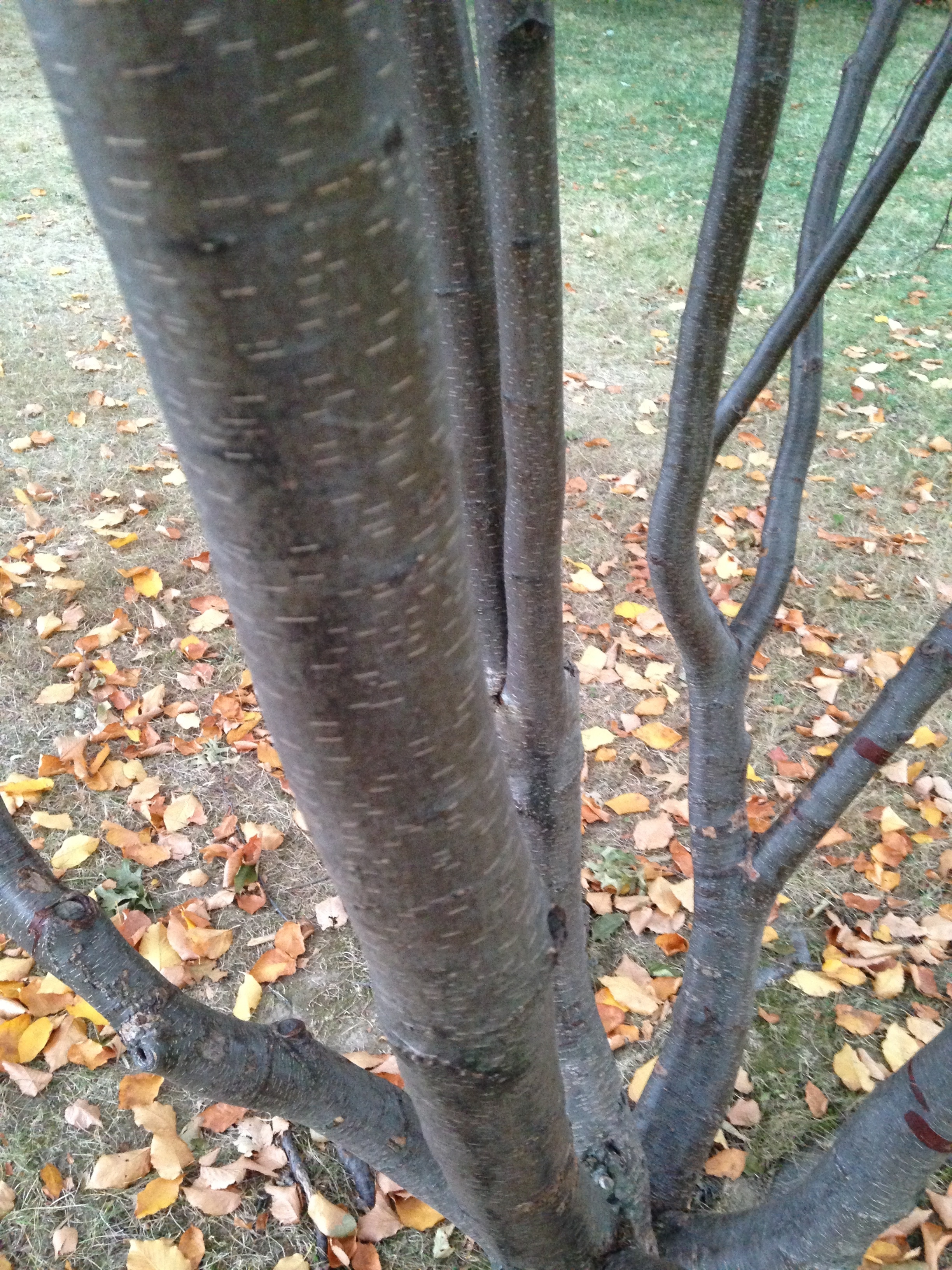Black Birch (Betula lenta) : Practical Uses of the Black Birch
The Black Birch tree's parts are used for a variety of products. Its wood is hard, heavy, and close-grained. Due to these qualities, the wood has been used in the past as a mahogany substitute. It is from this connection that the alternative name Mahogany Birch was created. The wood is most often used for lumber, veneer, furniture, cabinets, wooden work, boxes, handles, and paper pulp. The twigs are also used for brooms and thatchings. Interestingly, the wood was used to make pianos, when they were a necessary feature of every respectable home's parlor. One of the oddest products that comes from Black Birch trees are the “noodles”. The birch cambium is cut into strips and boiled to create these edible Birch Noodles. The tree is also used to create a wine colored dye.
Throughout history, people have used parts of the Black Birch medicinally in a variety of ways. The Cherokee chewed the Black Birch leaves to treat diarrhea, the Delaware used the bark to create an elixir to purge the body, and the Iroquois used it to treat sore muscles. Western medicine has also found uses for wintergreen oil. In fact, it has been used to treat everything from cancers to warts. It is most commonly used to treat joint pain or arthritis in the form of a salve or lotion. The leading ingredient in wintergreen oil, methyl salicylate, is actually found in large quantities (30%) in Ben Gay, a modern topical ointment.

